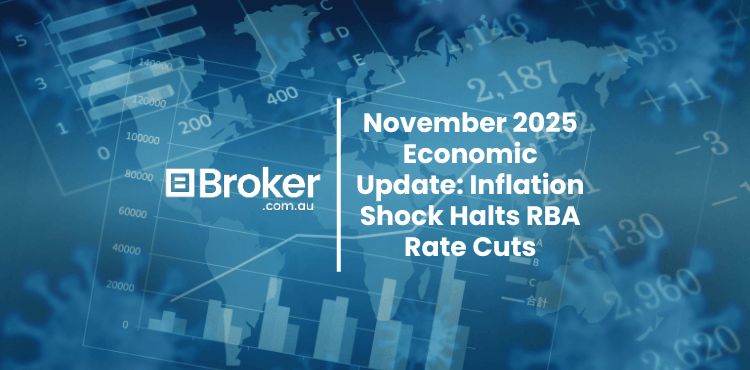This report examines the pros and cons of private lending for property developers, covering interest rates, lending structures, market size, and the importance of using a broker to navigate this complex landscape.
1. Overview of Private Lending in Australia
- Growth in Popularity
Private lending has surged as banks have tightened lending criteria, partly due to regulatory pressures. This sector is supported by high-net-worth individuals, family offices, credit funds, and private lenders who see it as a profitable and secure investment.
- Key Players in the Market
The sector includes hundreds of private lenders and credit funds, with significant players such as Qualitas, Thinktank, and CFMG Capital. According to market reports, over 200 registered credit funds operate, managing billions in assets.
- Comparison with Banking and Private Equity
While private lending represents only a fraction of the traditional banking sector’s size, its growth rate outpaces many areas of traditional finance. Private credit, distinct from private equity, is appealing because it doesn’t involve equity stakes, allowing investors to lend and earn returns without assuming ownership.

2. Positives of Private Lending for Property Developers
- Flexible Criteria and Speed
Private lenders offer more flexible lending criteria than banks, which benefits developers who may not meet the stringent requirements of traditional financing. Decisions are often made faster, reducing delays in securing funds.
- Customised Loan Structures
Loan structures can be more adaptable, with options like mezzanine financing, bridging loans, and junior debt, which aren’t typically available from banks.
- Higher Loan-to-Value Ratios (LVRs)
Private lenders may provide higher LVRs, allowing developers to borrow a larger portion of the project’s cost, reducing the need for extensive capital outlay.
3. Challenges and Risks of Private Lending
- Higher Interest Rates
Private lenders generally charge higher interest rates compared to banks due to the increased risk. Rates can vary significantly depending on the lender, structure, and the borrower’s risk profile, ranging between 8% to over 20% annually.
- Shorter Loan Terms
Private loans are often short-term, requiring borrowers to pay back within 1–3 years. This may create a challenge if the property market shifts or if there are project delays.
- Vulnerability to Market Conditions
Private lending is sensitive to market trends. During downturns, credit becomes more restricted, and terms may be less favorable, increasing risks for developers.
- Lack of Regulatory Protections
Private lenders are not bound by the same regulations as banks, which can lead to varied lending practices. Borrowers may be exposed to less transparent terms and conditions without sufficient due diligence.

4. Interest Rates and Loan Structures in Private Lending
- Interest Rates
Interest rates in private lending are generally higher to compensate for the lack of security and increased risk. For example, bridging loans for developers may start from around 8–12%, while mezzanine financing could command up to 20% in certain high-risk scenarios.
- Loan Structures
- Bridging Loans: Short-term loans designed to bridge cash flow gaps.
- Mezzanine Financing: Allows developers to access additional funds, often at a higher cost, sitting between primary debt and equity.
- Second Mortgages and Junior Debt: A riskier position for the lender, offering developers a way to access additional capital.
5. Size and Scope of the Private Lending Market
- Market Size and Growth
The Australian private lending market has seen rapid growth, now managing tens of billions in assets. This still represents a smaller fraction of the banking sector, which manages trillions, but the growth rate and demand are notable.
- Comparison with Private Equity
While private equity involves taking ownership stakes, private credit is purely debt-focused. Private lending appeals to investors seeking more predictable returns without ownership complications, creating a substantial and growing asset class.

6. The Role of a Broker in Private Lending
The intricacies of private lending make it vital for property developers to seek professional guidance. Brokers can evaluate lenders, negotiate terms, and conduct due diligence to avoid pitfalls like hidden fees, overly restrictive terms, or misaligned loan structures. They offer insights into the right type of financing structure, helping developers optimise funding while minimising risks. As trusted advisors, brokers can safeguard developers’ interests, guiding them through a landscape that may otherwise be challenging to navigate alone.
Broker.com.au can help you navigate the private lending process for property development. Contact us today to learn more!
To explore more about private lending and its advantages for property developers, visit our Resources & Learning page.




